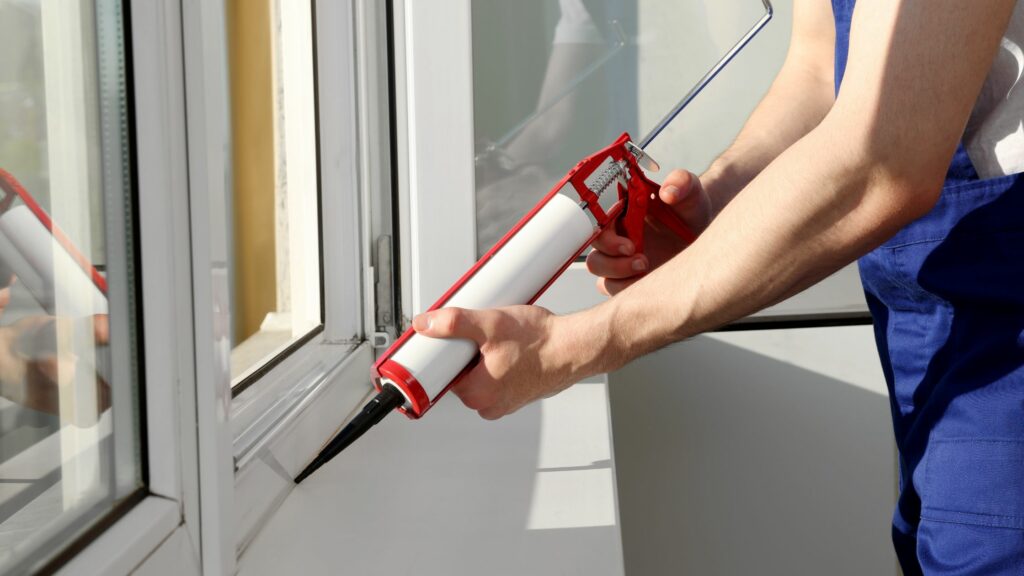In an era where environmental consciousness is becoming increasingly important, making your home more energy-efficient is a practical and rewarding step toward sustainability. Not only does it reduce your carbon footprint, but it also lowers energy bills and contributes to a healthier planet. In this blog post, we will explore a variety of effective strategies and tips to transform your home into an energy-efficient sanctuary.
1. Conduct an Energy Audit
Before you embark on your energy-saving journey, conduct a thorough energy audit of your home. This will help you identify areas that are consuming excessive energy and pinpoint opportunities for improvement. You can hire a professional energy auditor or perform a DIY audit. Simple steps, such as checking for air leaks around windows and doors or inspecting insulation, can make a significant difference in your home’s overall efficiency.
2. Invest in Energy-Efficient Appliances
Older appliances tend to consume more energy than their modern, energy-efficient counterparts. When replacing appliances like refrigerators, washing machines, dishwashers, and HVAC systems, opt for those with ENERGY STAR labels. These appliances meet strict energy efficiency guidelines set by the Environmental Protection Agency (EPA) and can significantly reduce your energy consumption.

3. Upgrade to LED Lighting
Swap out traditional incandescent bulbs for energy-efficient LED lights. LED bulbs use up to 80% less energy, last significantly longer, and emit less heat. Though they might be slightly more expensive upfront, the long-term savings and reduced environmental impact make them a worthwhile investment.
4. Optimize Heating and Cooling Systems
Heating and cooling account for a significant portion of a home’s energy consumption. Ensure your heating, ventilation, and air conditioning (HVAC) system is well-maintained, with regular servicing and filter replacements. Consider installing a programmable thermostat, which allows you to set temperature schedules to match your daily routine, avoiding unnecessary energy usage.
5. Insulate Your Home
Proper insulation is key to maintaining a comfortable temperature inside your home and reducing energy wastage. Insulate your walls, attic, and floors to prevent heat from escaping during winter and entering during summer. Insulation materials like fiberglass, cellulose, or foam can make a noticeable difference in both your energy bills and your carbon footprint.

6. Seal Air Leaks
Air leaks are a common culprit behind energy inefficiency. Check for gaps and cracks around windows, doors, electrical outlets, and pipes. Seal these leaks with weatherstripping or caulk to prevent drafts and ensure that your home stays at a consistent temperature.
7. Harness Solar Energy
Take advantage of the sun’s abundant energy by installing solar panels on your roof or property. Solar energy not only reduces your reliance on grid-based electricity but can also earn you credits or rebates from your utility company. Additionally, advancements in battery storage technology allow you to store excess solar energy for use during peak demand times or in case of power outages.
8. Control Water Usage
Being energy-efficient isn’t just about electricity; it also involves water conservation. Install low-flow faucets, shower heads, and toilets to reduce water consumption. Fix any leaks promptly, as dripping faucets can waste gallons of water over time.

9. Embrace Natural Lighting and Ventilation
During daylight hours, make the most of natural lighting by opening curtains and blinds. This reduces the need for artificial lighting, saving energy in the process. Additionally, strategically placed windows can promote natural ventilation, reducing the need for air conditioning in mild weather.
Making your home more energy-efficient is a step toward a sustainable and greener future. With simple yet effective strategies like conducting energy audits, investing in energy-efficient appliances, upgrading lighting, optimizing HVAC systems, insulating, sealing air leaks, harnessing solar energy, controlling water usage, and embracing natural lighting and ventilation, you can create an eco-friendly haven that benefits both your wallet and the environment. Let us all contribute to a brighter and greener tomorrow by adopting these energy-saving practices and inspiring others to do the same.
Next Steps: Resources to Help You Make Your Home Energy Efficient
These resources offer detailed explanations, guides, and tips to help you take meaningful steps in making your home more energy-efficient. Whether you prefer DIY projects or seek professional assistance, these sources provide valuable insights for a greener and more sustainable living.
- Conducting an Energy Audit:
- U.S. Department of Energy’s Home Energy Audit Guide: https://www.energy.gov/energysaver/home-energy-audits/do-it-yourself-home-energy-audits
- Energy Star Home Energy Yardstick: https://www.energystar.gov/campaign/home_energy_yardstick
- Energy-Efficient Appliances:
- ENERGY STAR Program: https://www.energystar.gov/products
- Consumer Reports: https://www.consumerreports.org/appliances/how-to-save-energy-on-appliances/
- LED Lighting:
- Energy.gov’s Lighting Choices to Save You Money: https://www.energy.gov/energysaver/save-electricity-and-fuel/lighting-choices-save-you-money
- Optimizing Heating and Cooling Systems:
- ENERGY STAR Heating and Cooling Guide: https://www.energystar.gov/campaign/heating_cooling
- U.S. Department of Energy’s Home Heating Systems Guide: https://www.energy.gov/energysaver/home-heating-systems
- Insulation:
- U.S. Department of Energy’s Home Insulation Guide: https://www.energy.gov/energysaver/weatherize-insulation
- Insulation Institute: https://insulationinstitute.org/
- Sealing Air Leaks:
- U.S. Department of Energy’s Air Sealing Guide: https://www.energy.gov/energysaver/weatherize-air-sealing
- The Family Handyman’s Air Sealing Tips: https://www.familyhandyman.com/project/how-to-seal-attic-air-leaks/
- Harnessing Solar Energy:
- Solar Energy Industries Association (SEIA): https://www.seia.org/
- U.S. Department of Energy’s Solar Energy Technologies Office: https://www.energy.gov/eere/solar/solar-energy-technologies-office
- Controlling Water Usage:
- U.S. Environmental Protection Agency’s WaterSense Program: https://www.epa.gov/watersense
- Water.org: https://water.org/our-impact/water-crisis/water-sanitation-facts/
- Embracing Natural Lighting and Ventilation:
- U.S. Department of Energy’s Daylighting Guide: https://www.energy.gov/energysaver/daylighting
- Green Building Council’s Green Building Strategies for Natural Ventilation: https://www.usgbc.org/credits/healthcare/v2009/ea-credit-1







